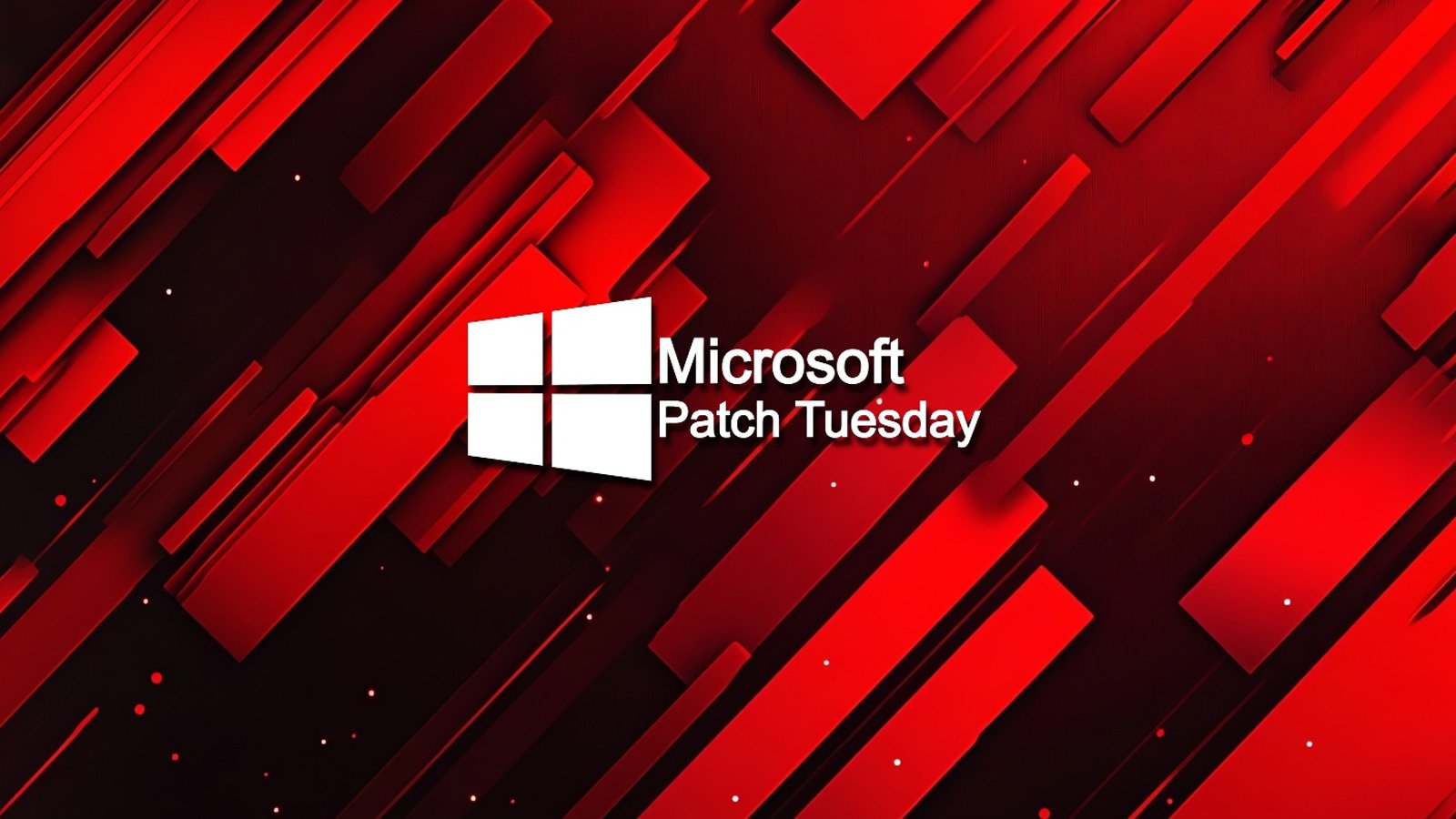Muscle memory only extends so far and the gauntlet of tracking stuff you must opt out of seems to grow with each minor release.
It can also be a serious pain if you have a lot of drives installed (not an option these days as most cases don't support additional drives).
Since I have never done and in place upgrade of Windows 10 or Windows 11 for the annual/semi annual updates, I can't speak for certainty, but from various comments and articles I've read, some of the privacy settings get reverted back to default after the update, so you have to reset them anyways. If I'm wrong, let me know.
In WIN 11, I just go to Settings -> Privacy & Security, go down the list one by one and turn just about everything off that I can and I disable all applications and services on start up, except for those absolutely necessary. Takes 90 seconds top per computer. I do nothing with the Start Menu or taskbar settings since I use OpenShell and ExplorerPatcher and import the configurations for each. Once OpenShell is installed, I then can remove the vast majority of metro apps that come preinstalled and can run in the background that you typically can't uninstall unless you run PS commands.
Then I load the latest Admistrative Templates for MS Office, make the changes I desire with those, which is pretty much blocking macros and the legacy Office file formats, make a few other changes in GP Editor, make a couple changes in Secpol and move on. Takes 2 -3 minutes per device. I used to do a lot of registry modications, but I don't do much anymore
I don't understand why you say it can be a serious pain if you have a lot of drives installed. Do you mean HDDs/SSDs, optical media drives, etc? Not sure what you consider a lot but, my laptop has 3 SSDs and a BD ROM drive, my desktop has 4 SSDs and two BD burners. Prior to the reformat, I disconnect all SSDs except for the boot drive so I don't format the wrong one by mistake and then plug them back in afterwards. Never had an issue and don't find it to be much of a pain. Just have to enter the BitLocker Recovery key and change the drive letters.




